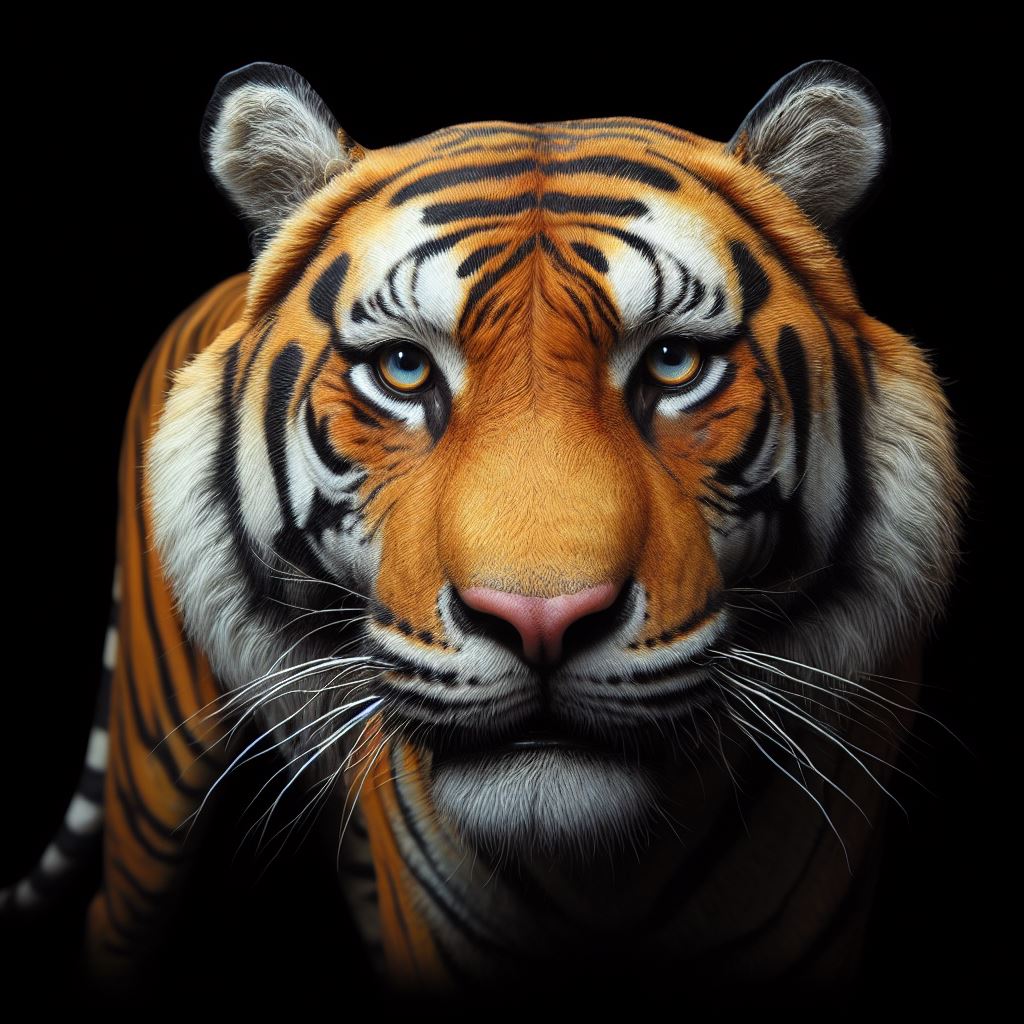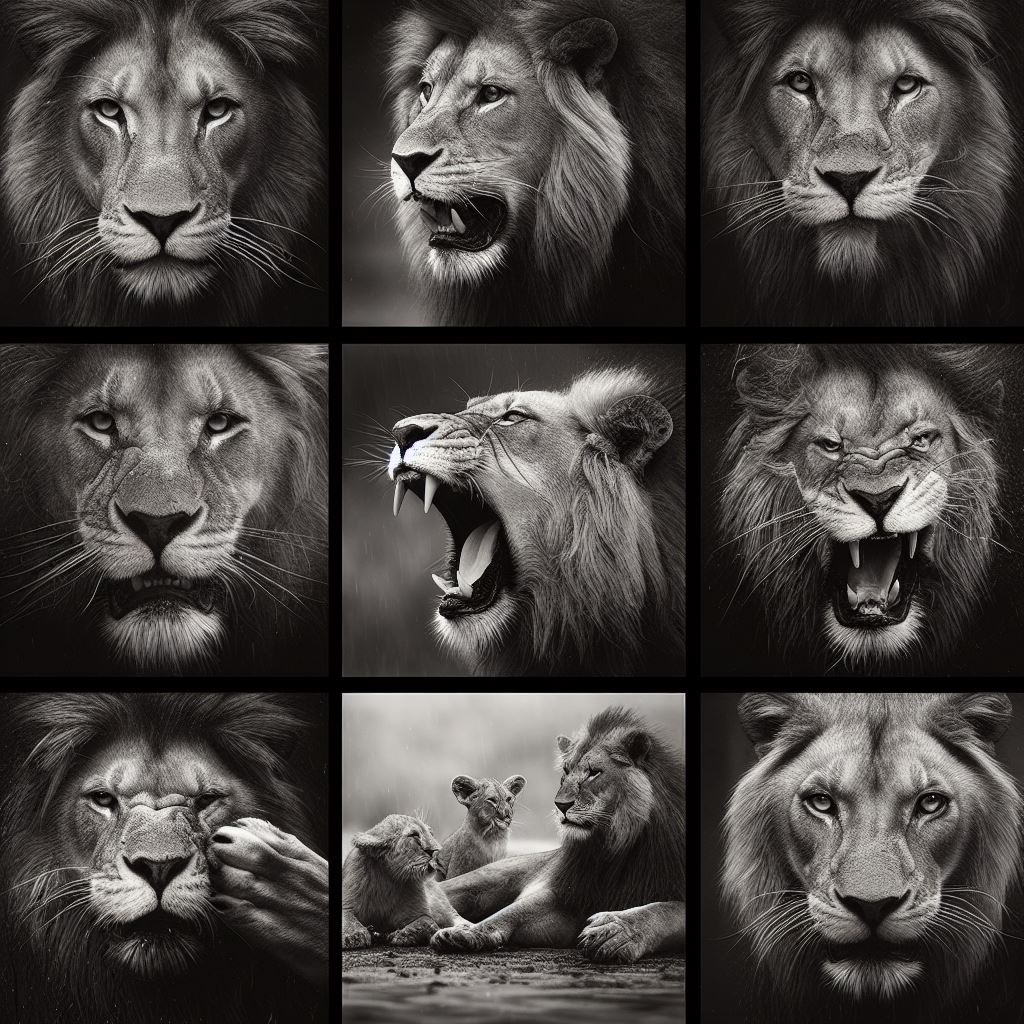Renowned for its electrifying speed, the cheetah stands unmatched in the animal kingdom, boasting the title of the planet’s swiftest land creature. Native to specific regions in Africa, with a minor presence in Iran, this captivating feline has uniquely adapted to its need for speed.
Adaptations for Speed
Cheetahs are equipped with physiological marvels that enable their impressive accelerations. Enhanced respiratory features, including broad nostrils and expansive lungs, fuel their muscles with copious oxygen during sprints. These muscles, laden with fast-twitch fibers, offer the cheetah its explosive pace. A streamlined body structure, combined with elongated legs and a highly flexible spine, facilitates extensive strides spanning 20-25 feet. But there’s a trade-off: such intense exertion can only be sustained briefly, typically under 30 seconds.
Given their energy constraints, cheetahs employ stealth and strategy. They leverage the grassland’s camouflage, inching close to targets like antelopes, wildebeest calves, and hares. When the moment is right, they unleash their full power, using their semi-retractable claws for traction and their tails as stabilizers during high-speed pursuits. Once they’ve trapped their prey, they act quickly to hide their catch from potential scavengers like lions or hyenas.
Distinctive Features
At a glance, cheetahs might be mistaken for leopards. However, signature black “tear marks” that stretch from their eyes to their mouths set them apart. Additionally, their compact frames and distinct head shapes further differentiate them. Contrary to many of their feline cousins, cheetahs lack both the ability to roar and proficient night vision, making them daytime hunters. Also, unlike other big cats, they aren’t adept climbers.
Life and Social Structure
Females typically birth about three cubs, frequently relocating their dens to shield the young ones from predators. Vulnerability looms large during early life, with threats ranging from eagles to lions, making the cub mortality rate alarmingly high. However, those who persevere quickly learn the ropes. Cubs emulate hunting through playful interactions, gaining crucial skills. Once matured, females tend to wander off, while males often form enduring groups called coalitions, which enhance their territorial prospects.
Endangered Grace
Presently, the wild houses an estimated 7,500 cheetahs. While habitat loss and human confrontations pose significant threats, genetic stagnation further endangers their survival. The IUCN Red List categorizes cheetahs as vulnerable, underscoring the urgent need for conservation measures.
In essence, the cheetah exemplifies nature’s brilliance in crafting a perfect blend of grace, power, and precision. Yet, the precariousness of its existence reminds us of the delicate balance within ecosystems and our responsibility to preserve it.



